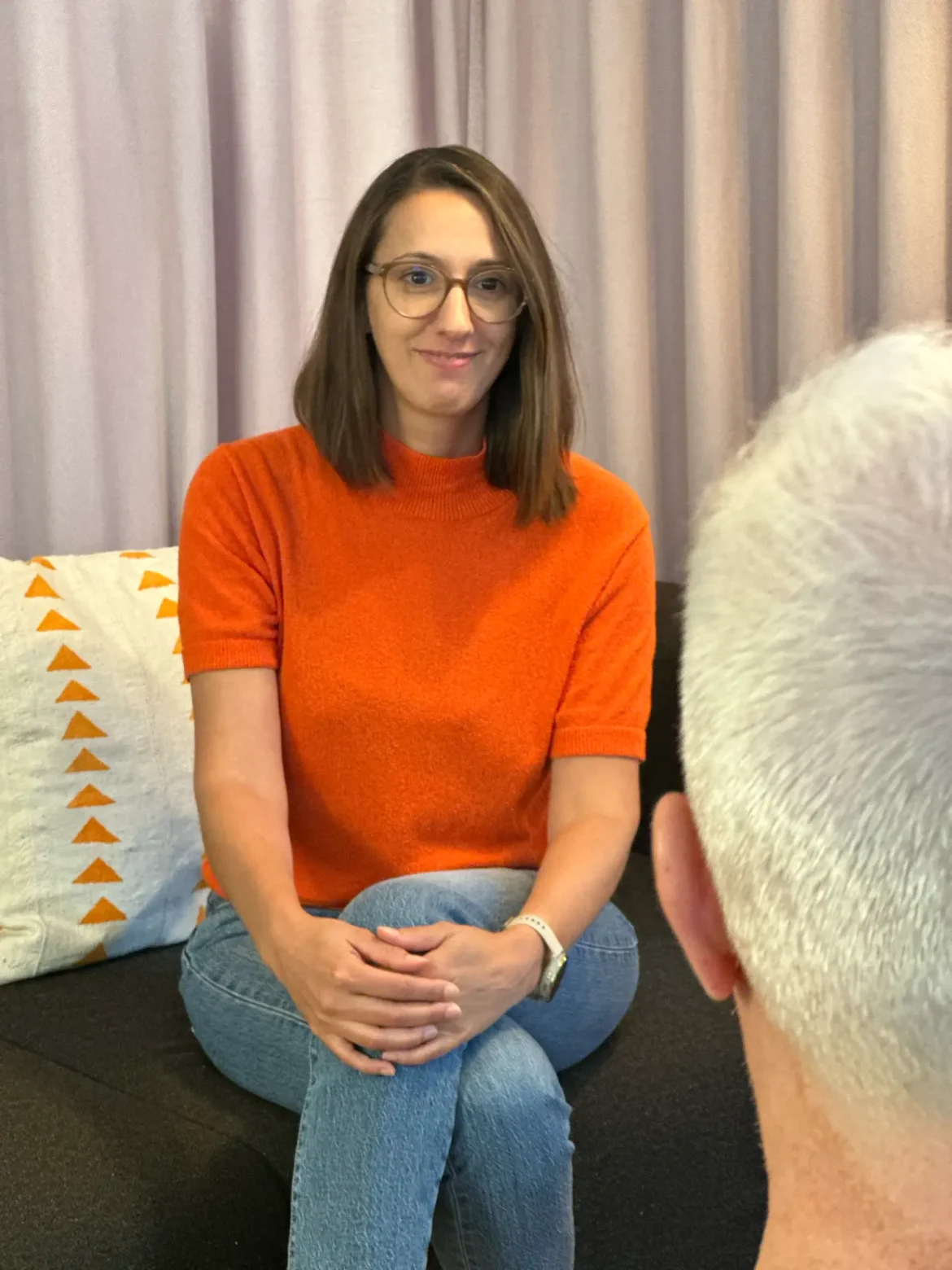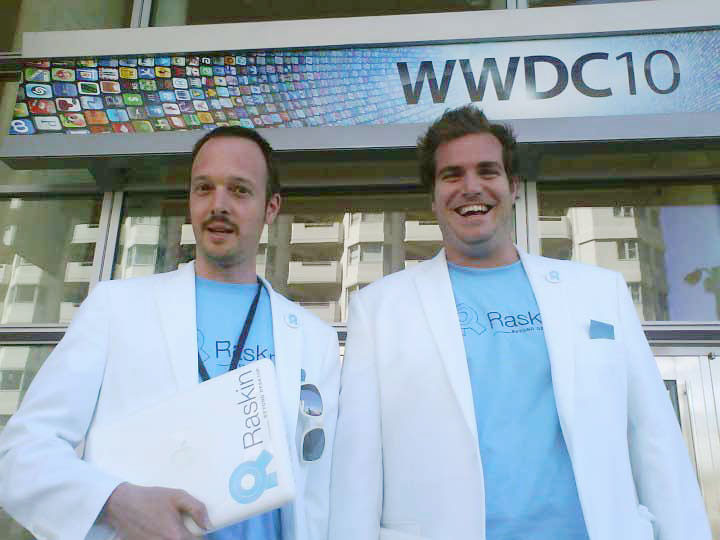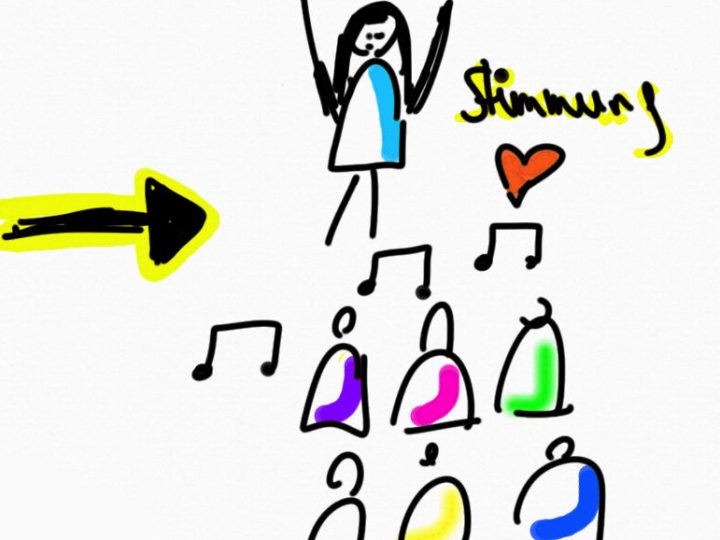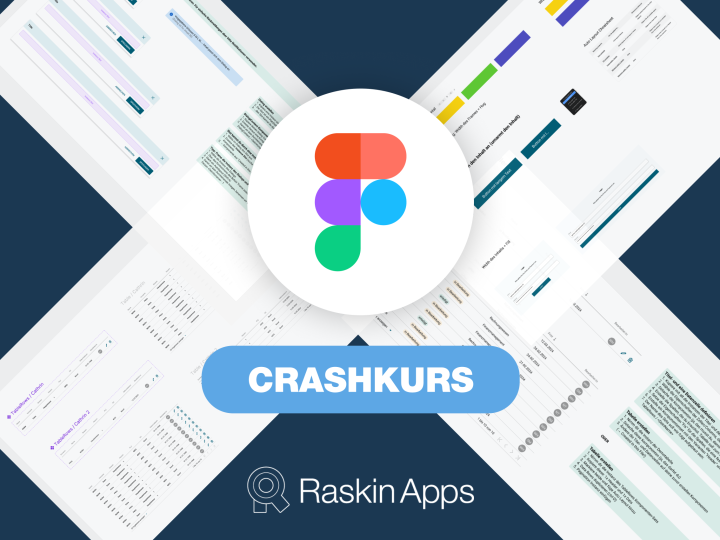
In your opinion, what are the advantages of working in a small team like Raskin Apps?
Cathrin: In our team, we work on an interdisciplinary basis - in a way that is hardly possible in larger organizations. Everyone wears several hats: analysis, consulting, design. That demands a lot, because it means growing beyond your own core area. At the same time, it encourages a holistic way of thinking: I look at projects not only from my own discipline, but also from other perspectives.
Personal responsibility is very pronounced in a small team: Every contribution counts, there are no bureaucratic layers that dilute your influence. When I develop a UX concept, I simultaneously plan my day, organize usability tests and see the project through to launch. This hands-on involvement has accelerated my professional and personal development.
The result is a genuine bond and a family feeling of togetherness. We know each other and our working methods inside out, share short-term hurdles and celebrate successes together. Mutual support and small course corrections keep our momentum constant.
Which characteristics in a project arouse your interest? What challenges appeal to you?
Cathrin: When customers and team colleagues are on the same wavelength, collaboration is based on trust and mutual understanding. This shared understanding makes it possible not only to deliver UX solutions, but also to build lasting relationships.
Interdisciplinary challenges are my terrain. I apply design thinking not only to user interfaces, but also to services and processes. For example, if "Microsoft Planner" becomes confusing with ten employees, I promptly build a prototype in "Monday.com", test it with one or two colleagues, optimize it based on the feedback and then roll out the solution across the team. The fascination lies in transforming disorder into order with simple, direct successes.
I am particularly motivated by long-term partnerships. I enjoy growing together with clients, developing strategies and gaining trust over months, even years.
Six years ago, for example, I started as a UX designer in an international team for an event organization platform. I gradually took over requirements engineering, led the UX team and eventually became product owner.
What role does UX play in the various projects and roles you have held?
Cathrin: UX is not an isolated solution. UX is a methodology that can be applied everywhere. Whether you want to outline user journeys or optimize internal processes, you first try to really understand the problem before you develop a solution. This approach prevents you from settling for the first best idea too early and instead leads to the most effective solution.
For us, prototyping means much more than visual mock-ups. We develop process prototypes to test new processes at an early stage - from checklists to stakeholder interviews - long before the first screens are created. Contextual inquiry is also part of this: We actively observe how people actually work in order to identify pain points that remain hidden in traditional surveys. Testing is central to this.
When it became clear that our previous tool no longer met our requirements, we did not simply prescribe a new solution. Instead, we created a functional prototype that we developed iteratively - with real user feedback and ongoing adjustments. As a result, the introduction was not only smooth, but also supported by those involved. This attitude - experiment, learn, improve - is essential for us. It not only makes UX effective, but also brings it to life.
At its core, UX is about both empathy and critical thinking. You step into the shoes of others, ask the right questions and continuously reflect. Whether you're designing a customer portal or streamlining internal processes, these core skills make every project stand out and ensure that solutions really resonate with users.



